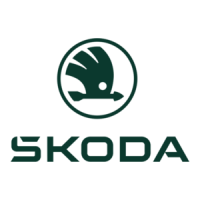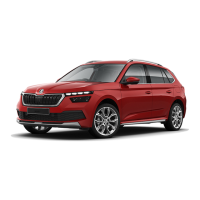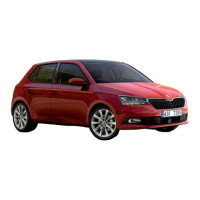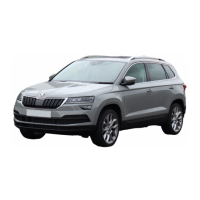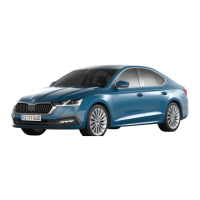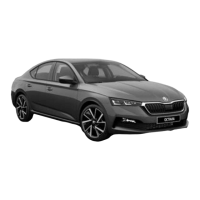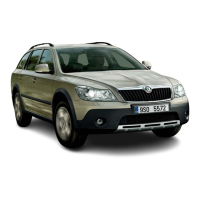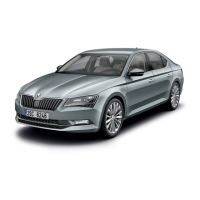In some countries, the diameter of the diesel fuel
nozzle may be identical to that of the petrol nozzle.
Before driving in these countries, have the protec-
tion device removed by a specialist garage.
Relling
›
Open the tank ap.
›
Turn the tank cap in
the direction of the ar-
row and remove it.
›
Place the tank cap on
the tank ap.
›
Insert the fuel nozzle
into the fuel ller neck
up to the stop and re-
fuel.
›
Do not continue refuel-
ling after the fuel noz-
zle switches o.
›
Remove the fuel nozzle and put it back on the pet-
rol pump.
›
Place the fuel cap on the fuel ller neck and turn it
in the opposite direction to the arrow until it clicks
into place.
›
Close the tank ap and click into place.
Troubleshooting
If fuel other than diesel has been used as per appli-
cable standards
›
Neither start the engine nor switch on the ignition.
›
Seek the help of a specialist garage.
The diesel nozzle cannot be inserted correctly into
the tank ller neck
›
If the nozzle cannot be inserted correctly into the
tank ller neck, move it slightly back and forth
when plugging it in.
Technical data
The fuel prescribed for your vehicle is indicated on a
sticker on the inside of the fuel ller ap.
A
Diesel
B
Organic share as a
percentage
The fuel tank has a capacity of about 50 litres, in-
cluding a reserve of approx. 7 litres.
illuminates - the fuel level has reached the re-
serve area.
CNG (compressed natural gas)
What you should be mindful of
WARNING
Natural gas is highly explosive and highly ammable.
WARNING
Risk of death, explosion or re!
▶
Do not ignore the smell of gas in the vehicle or
when refuelling.
▶
The natural gas tanks in the vehicle must not be ex-
posed to undesirable heat sources.
▶
Do not enter the vehicle when refuelling with natu-
ral gas. Electrostatic discharges may occur when
entering the vehicle. If the fuelling nozzle of the re-
fuelling system is subsequently touched, sparks
may form and a re may break out.
WARNING
Touching the oor of the vehicle or an accident may
damage the natural gas containers. If damaged natu-
ral gas tanks are refuelled, they can burst and cause
serious or fatal injuries!
▶
Ensure a gas system test is carried out immediately
by a specialist company.
▶
Do not refuel using natural gas until a gas system
test has been carried out.
NOTICE
Risk of damage to the engine and the exhaust sys-
tem.
▶
Do not use Liqueed Natural Gas (LPG), Liqueed
Petroleum Gas (LPG) or Hythane (hydrogen/meth-
ane mixture).
Regulations
Variants of the CNG sticker
in natural gas vehicles .
155
Engine, exhaust system and fuel › CNG (compressed natural gas)
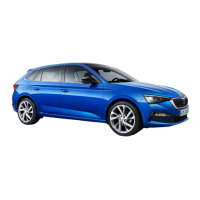
